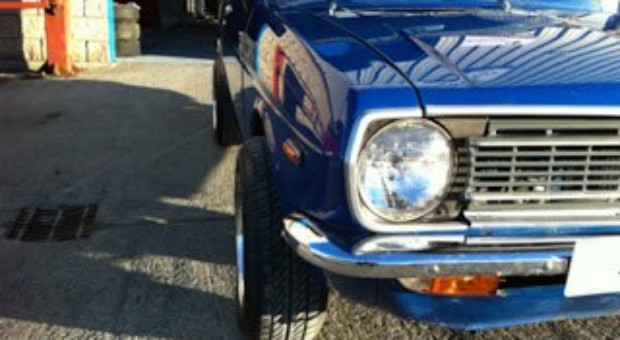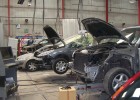
Auto Restoration: What You Should Know Before Buying
 |
| Auto Restoration |
If you are considering taking on a restoration project, then there are likely a hundred questions or more turning around in your head.
Before you buy, you might want to consider what type of car you are in the market for and how much of a project you can really afford to take on.
Consider these bits of advice as you consider your own purchase.
Maximizing Resale Value
Maintaining the original look and feel of a car is the very best way to ensure the resale value is kept at a maximum. While it can be fun and enjoyable to outfit an old car with modern conveniences, you must remember that those who are in the market for a classic car are looking for something that reminds them of yesteryear.
You must also be aware of what sells and what doesn’t, if you hope to turn any sort of profit on your restoration project. Hot rods are a popular choice among car restoration enthusiasts because they are cool and fun. Using quality custom car paint on hot rods can make a difference in the appearance and resale value of the finished restoration project.
Still, for some reason, hot rods just don’t seem to sell as well as other car types.
There are exceptions to this rule, of course, but it is a good idea to check out online resources to see how well similar models are moving before investing a great deal of time and money in a project that isn’t going to get you the profit you had hoped for. A little research can also give you an idea of the restored car projects that are trending at any given time.
Do you know what body type sells the best? If you were to picture the ideal classic car, what would it look like? If you were to ask a multitude of people this question, chances are that a large percentage would mention a convertible.
There is something about the wind in one’s hair that is very attractive, so it shouldn’t come as any surprise that convertibles would sell faster, and for more money than hardtop versions of the same car. Another type of car that is of interest to customizers is one that includes rear-hinged, or coach, doors (also known as suicide doors). The hinges are at the back so that the doors open in reverse. These add something novel to a car.
Of course, the better outfitted a car is (regardless of year, make, and model), the more value it possesses. Research the different trim packages available on the particular model you choose and you will have a better idea of how it compares to other car types on the market in relation to restoration value.
Be Honest With Yourself. The best way to kill your profit margin is to bite off more than you can chew. Don’t let your first restoration project overwhelm you. Instead, opt for something that you know you can handle and understand where your weak points exist. Don’t be afraid to hire professional help here and there, if needed. While it may cost a little more now, it can save you money later when you might have to redo something that was done wrong the first time around.
It is equally as important to understand the limitations of the year, make, and model that you choose. All cars have advantages and disadvantages. Be sure that you are willing to accept any negatives the car type may possess in addition to the positives it offers.
Understand your commitment before you proceed with your project.
On a final note, if you are more excited about the outcome than you are about the project you are about to take on, then you might want to consider buying a fully restored car. It will be more money up front, but it can save you a lot of time, money, and headache in the future.
Taking on a project like this without the proper motivation is just asking to fail. If you are set to take on a project, then be sure to do your research, make the right connections, and buy smart.




















